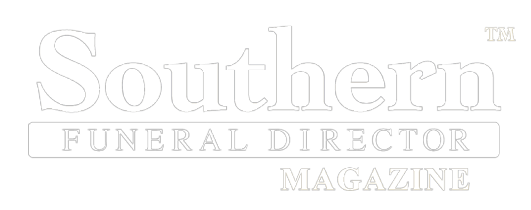(404) 312-6640
THE BEST LAWSUIT IS THE ONE THAT NEVER HAPPENS: Five Lessons from the Witness Stand
In over two decades of working in funeral service, from embalming rooms to disinterments, from cemeteries to classrooms, and now as an expert witness, I have seen a pattern that funeral homes cannot afford to ignore: most lawsuits are not caused by bad intentions, but by preventable mistakes.
I have been consulted in cases involving wrongful cremation, wrongful burial, commingling of cremated remains, improper storage, and failures in embalming. These are not isolated events. They happen in every region, in small independent firms and large corporate networks alike. What strikes me each time is this: the mistake almost always comes down to the basics, failure to double-check, lack of compliance, or inconsistent staff training.
Yes, most funeral homes have policy manuals, but too often, those manuals sit on a shelf. Procedures exist in theory but not in practice. Staff rely on memory instead of verification. Corners are cut when schedules are tight. And it is in those moments that lawsuits and heartbreak are born.
FIVE AREAS OF RISK EVERY FUNERAL HOME MUST GUARD AGAINST
1. IDENTIFICATION AND CHAIN OF CUSTODY
The number one source of litigation is misidentification. One missed step in verifying a name tag, authorization form, or casket can lead to catastrophic outcomes. Two-person verification should be non-negotiable at every stage, from removal to final disposition.
2. CREMATION PROCEDURES
Cremation demands precision. Families are not forgiving when ashes are mishandled. Commingling of remains, whether through negligence or poor equipment cleaning, is one of the most devastating errors. Strict adherence to policy, double-checking paperwork, and a documented chain of custody are essential safeguards.
3. STORAGE AND FACILITY COMPLIANCE
I have testified in cases where remains were improperly refrigerated or embalmed. Lack of compliance with even the most basic storage standards can spiral into legal and reputational damage. Regular audits of refrigeration units, logs, and chemical safety are not optional; they are survival.
4. DOCUMENTATION AND AUTHORIZATION
Too many cases stem from paperwork that is missing, incomplete, or improperly filed. Authorizations for embalming, cremation, or disposition must be obtained, signed, dated, and double-checked. A culture of “if it is not written, it did not happen” will save your firm more than once.
5. STAFF TRAINING AND ACCOUNTABILITY
Funeral directors often assume their staff “know” the procedures. But without structured training, reinforcement, and consequences, shortcuts creep in. Manuals must be living documents; trained, tested, and enforced. Compliance is not a binder; it is a culture.
PREVENTION IS PROFESSIONALISM
Families place sacred trust in funeral homes. When that trust is broken, even unintentionally, the damage is lasting. From what I have seen as an expert witness, prevention is always less costly than litigation, not only in dollars but in dignity.
Every owner and manager reading this has the power to make lawsuits less likely:
• Enforce compliance checks.
• Insist on double-verification.
• Audit storage and documentation.
• Train your staff like their lives and reputations depend on it, because they do.
My perspective comes not just from the classroom, but from the courtroom. To date, every case I have been retained on has either settled or resulted in a favorable outcome. That track record reinforces a truth that funeral homes cannot ignore: the best lawsuit is the one that never happens. And the surest way to avoid it is not complicated; it is returning to the fundamentals of care, compliance, and consistency.






Comments